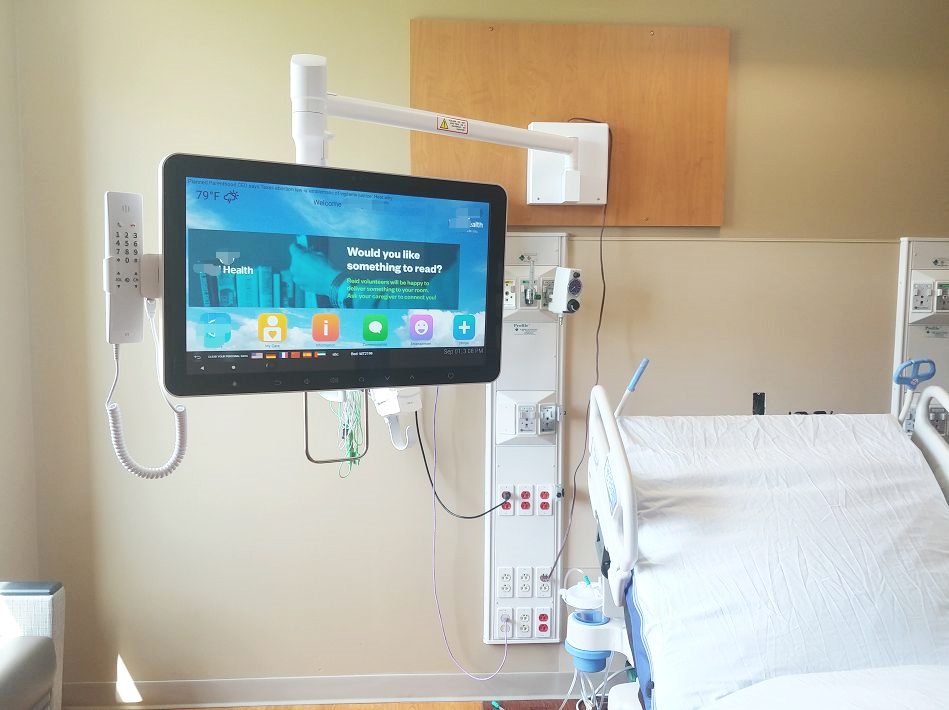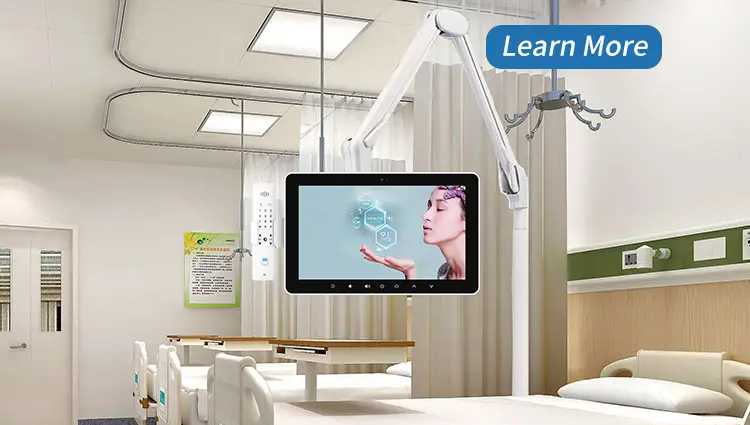
Hospital bedside data terminals offer several advantages for patient care, including:
1. Improved accuracy and efficiency
By providing quick access to patient records, medication lists, and test results, medical staff can make better-informed decisions about patient care. This can lead to better accuracy and efficiency in treatment and diagnosis, reducing the risk of errors and enhancing patient outcomes.
2. Better communication and collaboration
Bedside data terminals can be integrated with other hospital systems, allowing seamless communication between various departments and medical staff. This promotes better collaboration and coordination of patient care.
3. Increased patient engagement
Patients can use bedside data terminals to access their own medical records, education materials, and other resources. This can improve patient engagement and empowerment in their healthcare, resulting in better adherence to treatment plans and outcomes.
4. Enhanced safety
Bedside data terminals can help reduce the risk of medication errors and adverse events by providing real-time access to patient information, including medication lists and allergies. This can help medical staff avoid potential harm to patients and improve patient safety.
5. Streamlined workflow
Bedside data terminals can help reduce paperwork and administrative tasks, allowing medical staff to focus on patient care. This can help streamline workflow and increase efficiency in the hospital setting.
Overall, the advantages of hospital bedside data terminals can result in improved patient outcomes, increased efficiency, and enhanced patient satisfaction.

